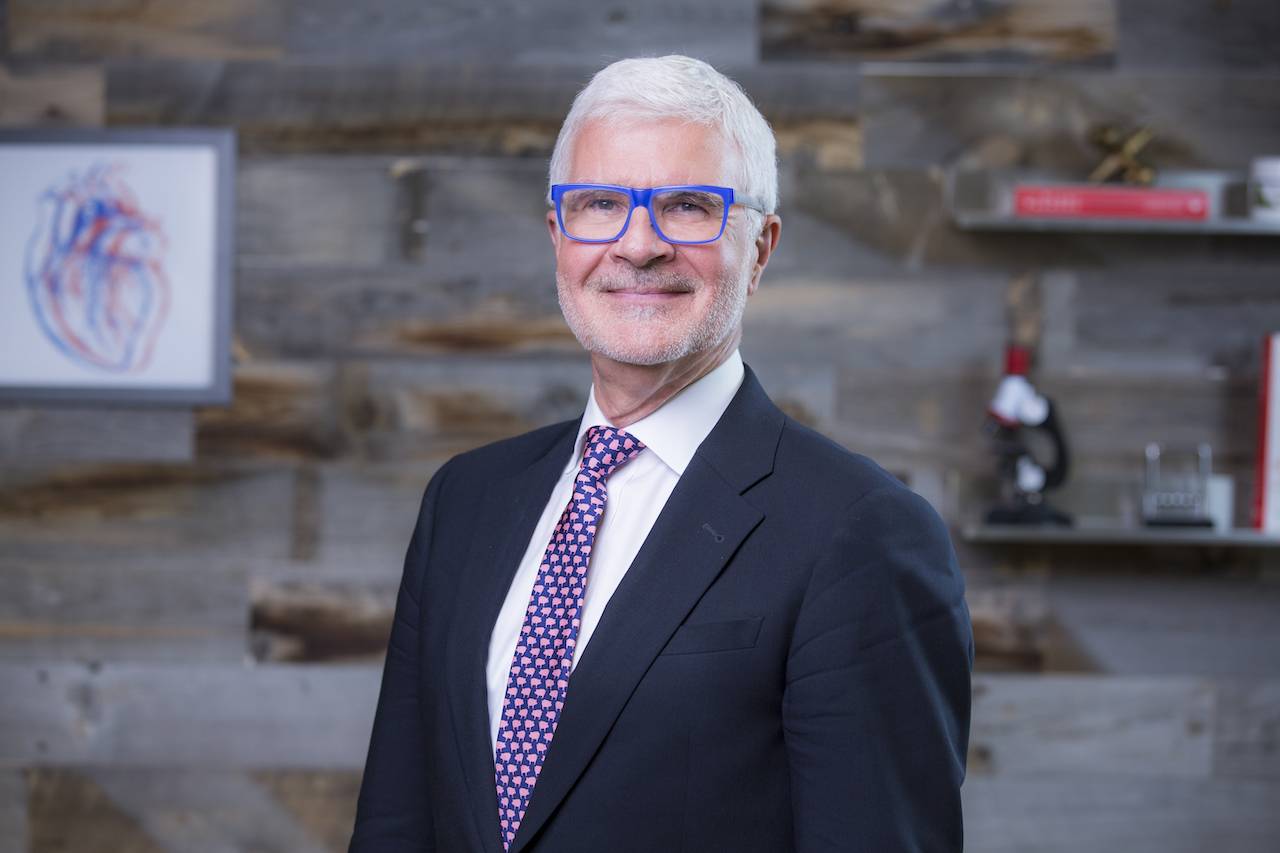Beauty...

By Mollysims.com
It wouldn’t be a career worth discussing if there weren’t some turns along the way. Esteemed heart surgeon Dr. Steven Gundry, was world-famous for his work in the cardiac space. When a patient of his, suffering from heart disease, made dramatic changes to his diet, Dr. Gundry had a light bulb moment, and his focus quickly shifted to help those reverse disease and avoid surgery through nutrition. Hundreds of articles and three books later, you could say he’s an expert—not to mention, he’s the director and founder of the International Heart & Lung Institute as well as the Center for Restorative Medicine in Palm Springs and Santa Barbara, CA. From mitochondrial uncoupling to his version of keto and why a restricted eating window really is the best policy, consider yourself set up to live the longest, healthiest life possible.
“We were designed to fluctuate in and out of ketosis—literally on a 24 hour basis. Normally, if we stop eating and we have metabolic flexibility, after about eight hours, we stop eating and start to make ketones in our liver. We release free fatty acids and ketones until we break fast—until we have our first meal in the morning. It turns out that those ketones don’t work by being a super fuel, they work by telling mitochondria, the little energy producing organelles in all of our cells, to protect themselves, to repair themselves, and to not work so hard. We all want to live long, but, more importantly, we all want to live well during that time. The key to that is mitochondria protecting itself—this mechanism is called ‘mitochondrial uncoupling.'”
“There’s a marker we look for in longevity that is called ‘insulin-like-growth-factor.’ The lower it is, the better. It doesn’t matter what you’re doing during the time period you’re eating, but what really matters is compressing that time. The magic number that’s worked out is probably a six hour eating window. I’m infamous for the OMAD diet—which is eating one meal a day. During the winter for six months, from January through June, I only eat one meal a day during the week in a two hour eating window from 5-7pm. I’ve been doing the OMAD diet for 24 years. Eating small amounts throughout the day is the worst possible thing you can do. It puts your mitochondria under rush hour traffic in LA, 24 hours a day.”
“You could do a none fat ketogenic diet using my system because what I want you to do is to uncouple your mitochondria—that’s what ketones do. There are tons of ways to do this and one of them is time restricted eating. The second way is to have polyphenols in your diet. We waste 30% of the calories we eat every day by uncoupling our mitochondria rather than using the calories to produce energy. We purposely waste these calories because we’re a warm blooded animal and we have to produce heat. When you drink hot coffee, you notice you get warm, that’s the coffee, the polyphenols, and the caffeine in the coffee uncoupling mitochondria producing heat.”